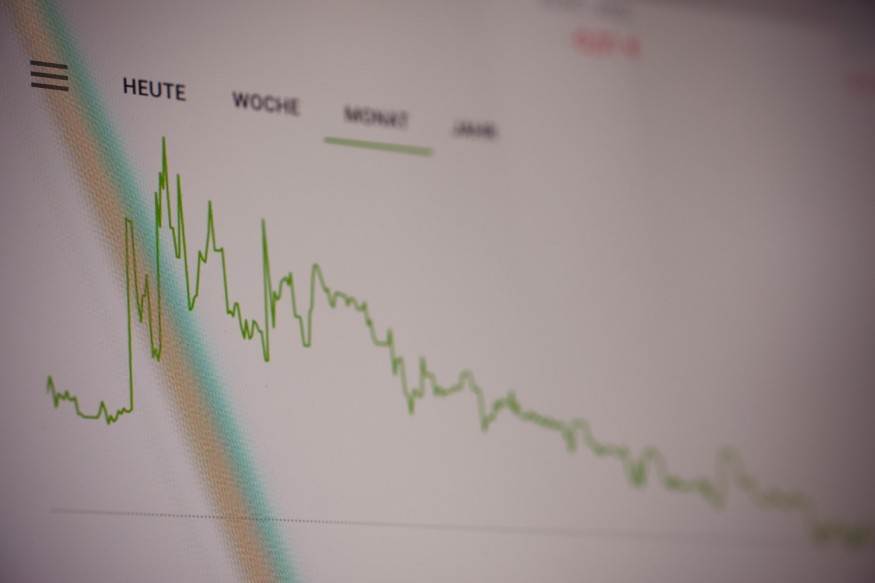
When it comes to investing, there is a range of tools on the market that can assist. Yet few are as helpful as the humble economic calendar. A breakdown of events that impact finances across the globe, they are integral to getting an overview of what is going on around the world's markets. Below, we discuss what an economic calendar is and how you can use it.
What Is an Economic Calendar?
An economic calendar is a day-by-day account of events that can influence the movements of stocks, shares, and other securities. Generally, it will include announcements from certain countries on current and future policies and laws. These can impact the movements of whole markets. Thus, it can be used to plan changes to investment portfolios and to take on new trades.
To begin understanding what an economic calendar can show, it is best to look through one. This will give two types of events: ones that have already happened and ones that are future predictions. They can include a multitude of things, from labor costs to fiscal balances, changes to interest rates, and unemployment. Traders will then look at them, predict what effect they may have, and then move their investments accordingly. This can be good for day trading if a person guesses what the announcement will state, opens a position, and then closes it after.
Preparing to Use an Economic Calendar

An economic calendar cannot be used on its own. It must be used in conjunction with other tools of investing. You should start by researching the markets, ideally ones you already have prior knowledge in, such as commodities, forex, and stocks.
As well as researching markets, you should also do some work on the types of economic indicators that may relate to the economic calendar. These are the events that go toward an overall view of how a country is performing. They can include GDP, unemployment rates, CPI, and PPI levels.
After this, create a regular schedule in which you keep up with events. Follow economists and traders on social media, and read the financial news for the country or industry. All this should inform how you look at the economic calendar and make decisions.
Using an Economic Calendar
Once you have this overview, you can begin to look at the economic calendar to see what events will take place and their outcomes. It will be broken down by times and dates, along with the countries they come from. Certain ones may have forecasts available for you to use or charts about previous years. The sheer number of events displayed can be overwhelming if you are looking at a global calendar. Your chosen one may have filters, so you can strip it down to selected countries and sectors.
All investing is a risk, but a calendar can help you make informed decisions. Make sure you do your research, consult the calendar, and only invest what you can afford to lose.
© 2025 ScienceTimes.com All rights reserved. Do not reproduce without permission. The window to the world of Science Times.











